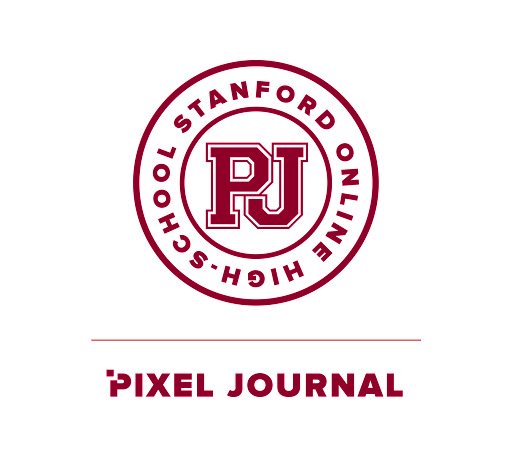Spring Break 2023: YellOHStone Trip
A bison on the side of the road
This year, 12 students, Dr. Vetter, and Middle School Counselor Kellye Smith took their Spring Break to join the Ecology Project International (EPI) on their trip to Yellowstone National Park to observe the various wildlife, talk with different professors and scientists, interact with science hands-on, and explore one of the most visited national parks in the United States! The EPI works to connect high school students across the world with scientists on active research projects at ecological hotspots, which is what some OHS students were able to be a part of this spring break. This was the first time OHS has organized a trip to Yellowstone, but they have worked with the EPI in the past on several trips to the Galapagos before COVID.
Throughout the 7-day trip, students were exposed to a variety of different sights and activities including stream vents, hot springs, colored pools, and they also learned how to snowshoe. Not only that, the students also learned about snow ecology, geothermal and radiotelemetry data, and the patterns of the wildlife.
Biology instructor Dr. Kristina Vetter went on the trip as both a chaperone and to teach the students more about the data and activities they encountered. After speaking with her, Dr. Vetter said the trip went really well. She discussed how the EPI goes above and beyond and that they had “everything dialed in for a 7-day program for us [and] put a great trip together.”
The trip began with observations and lessons on snow, which Dr. Vetter said “set us up for understanding the wildlife…we were in a position to understand what it means for the snow to hurt animals.” The EPI helped the students analyze the different layers of snow and how that explained the water content and snowfall.
Most of the trip consisted of wildlife viewing, where the team of students and chaperones drove within the park to observe the various wildlife they encountered including bison, elk, pronghorns, bighorns, antelope, moose, coyotes, foxes, wolves, bald eagles, deer, and so much more. The students mainly studied the patterns of the bison and were able to encounter many herds throughout their time in Yellowstone. They were able to learn about the increase in bison migration and what dangers this could pose through lessons with the EPI and their professors. The EPI also set up a discussion with a wolf biologist for the students.
The timing of the students’ trip also allowed them to view the animals in a much more wild and natural setting. There were hardly any people at Yellowstone during their trip, so there were many more animals such as foxes and bison out of their usual habitats, with some even crossing the streets. “It was a great way to really experience Yellowstone…we got to actually see what it was about without countless cars and people drowning it out,” Allie (’24) said about the emptiness of the national park.
Two bison on the road
A pronghorn
A coyote in the snow
A bald eagle
Aside from observing wildlife, the group also visited the local hot springs and also snowshoed, with some students learning how to snowshoe for the first time. “I was tripping over my own feet for like the first thirty minutes” Rebecca (’25) recalled about her first time snowshoeing on the trip. And at the end of the trip, students were able to group together and work on different projects centered around the data and observations of the trip. One of the projects a group of students worked on was a mock advertisement for the bison population that centered around a disease they can carry that hurts their population size.
Even though the students were able to learn and study so much from Dr. Vetter, the EPI, and their professors, there was also a lot of fun. The students all stayed in a cabin-like house and shared rooms together. During the evening, they would play games, talk, and get to know each other better. Allie (’24) said, “We got to know each other really well…we were able to really form friendships with each other…and it was really rewarding.” Dr. Vetter said the students had to do a little bit of work with cooking meals and taking care of their living spaces, “but they took to it really well.” “The students also got really comfortable with each other and with the adults on the trip. It was really fun to get to interact when it wasn’t a performance evaluation situation…it was just spending time together having these experiences.” A highlight of the trip for many students was also the unexpected sight of the Northern Lights on their last day, which was a shock to everyone.
All in all, the trip was a great success, and all the students had an amazing time enjoying these unique experiences and getting to spend time with one another. “One of the greatest moments was just hanging out together in the evenings…we would all be laughing together” Allie retold. With the success of this trip, OHS hopes to continue these trips with the EPI and potentially host more to Yellowstone as well. These trips provide students with once-in-a-lifetime opportunities to interact with science and learn from professors and instructors out in nature and with wildlife.







